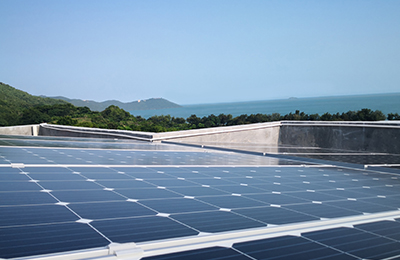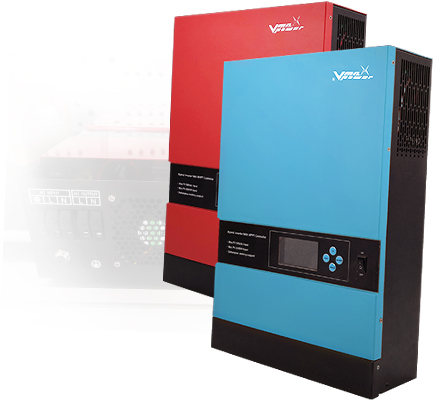Solar energy generation capacity reaches the same level as wind farms in Brazil
Solar energy generation capacity in Brazil has reached the same level as wind farms and the forecast is for further growth this year. 1.5 Kw Solar Power System Cost

At the home of production engineer Beatriz Navegantes, in the West Zone of Rio, the electricity bill was skyrocketing because of the air conditioning, and summer was synonymous with fighting.
“We had two options.Either we had to sleep in the heat so the electricity bill wouldn't be too high or we would pay a bill for the electricity bill that, sometimes, in the hottest months, reached BRL 1,000 and something, which is not feasible these days,” he says.
Two months ago, the family installed solar panels on the roof of the house and, in December, the bill arrived with a R$719 discount.
"I am very happy.There are fewer arguments at home, with the father saying 'save money', 'don't turn on the air', 'do this', 'do that'.And the day to day is much more peaceful and the nights are well slept, ”she says.
Brazil is experiencing a kind of rooftop revolution.In recent years, the installation of photovoltaic panels has been transforming the country's energy matrix.
The investment made in a party house helps to understand the phenomenon.In May of last year, panels were installed at a cost of R$ 220,000.In just seven months, the company has already saved R$54,000.The person responsible for the installation says that the investment pays off in three or four years.
“There is no work;we avoid breaking walls, doing any kind of civil work.Installation is very simple.We install the structure over the roof - it is a specific structure for that -, so we can do it, with a very clean work, very easy and quick to complete”, explains Pedro Jacques, CEO of Solar On.
Chamber extends deadline for solar energy subsidy and includes small hydroelectric plants in the bill
A company installs, on average, five photovoltaic systems per day in Rio de Janeiro, a demand that has increased by 40% in the last year alone and which points to the future.According to the National Electric Energy Agency, more than 70% of the energy expected to come on stream in the coming years will come from solar panels.
Hydroelectric power plants continue to be the main source of energy in the country, but the solar source is advancing rapidly and is already on the same level as wind energy, which until last year occupied second place alone.
Projections, however, indicate that solar energy will grow 40% in 2023, expanding the share of clean energy in the country.
“We are projecting, by the end of the year, 34 GW, twice surpassing the second largest hydroelectric plant in the world, which is Itaipu Binacional.It would be possible for our country, by 2030, to be one of the first nations in the world to become 100% clean and sustainable in its electrical matrix.So, this is a challenge and a recommendation that we make for the federal government to evaluate”, says Rodrigo Sauaia, executive president of Absolar.
“I just graduated now in production engineering.We study this a lot, clean energy, sustainable energy, how much this brings improvements to our planet.So, starting in the backyard is the best way for us to spread this out to the rest of the population”, believes Beatriz.
What happened today, directly to your email

Smart Home You have just subscribed to the Summary of the Day newsletter.